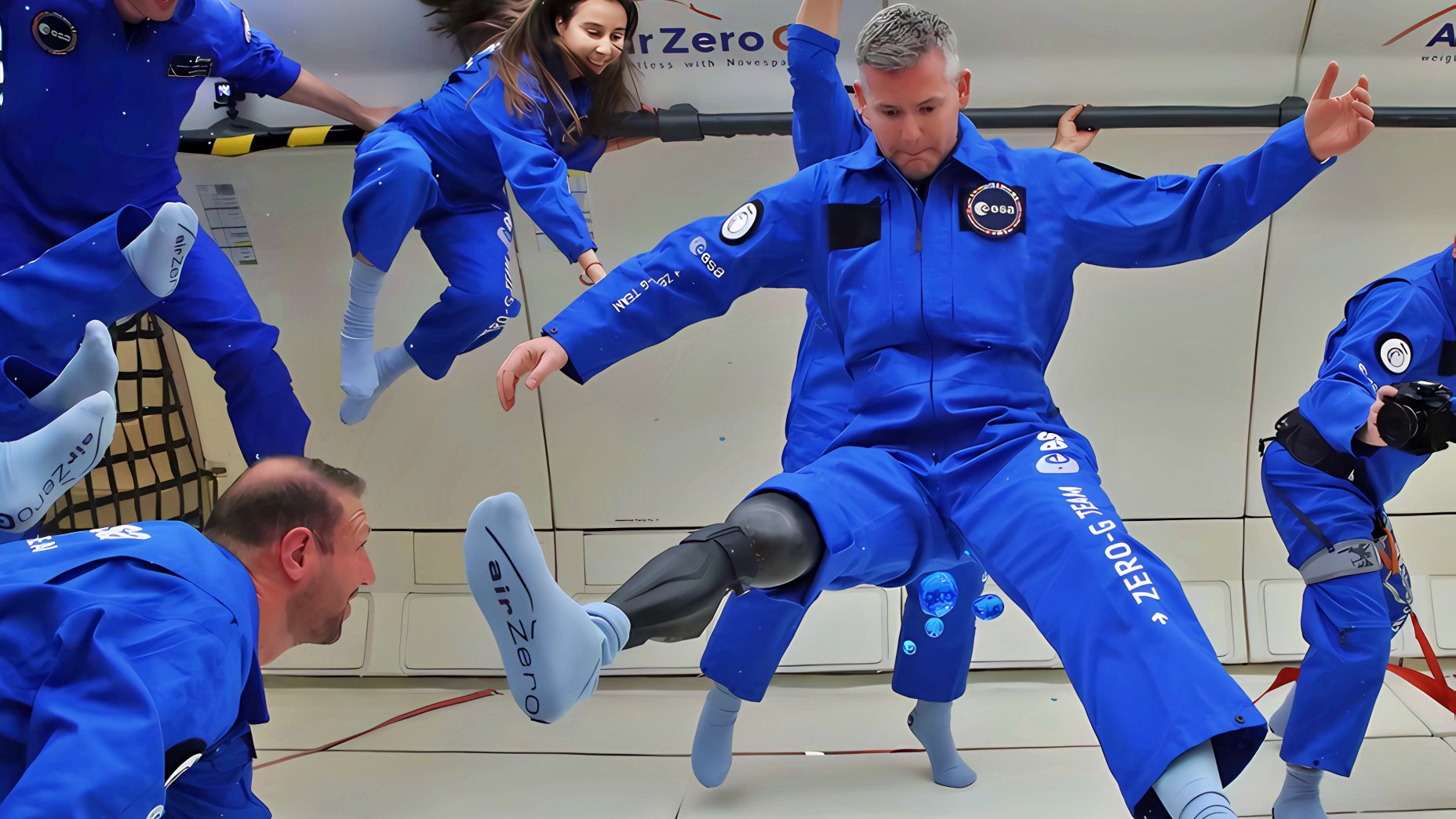Who would have thought that a former Paralympian could become an astronaut? John McFall, once a sprinter and now a surgeon, has officially become the first disabled astronaut to be cleared for a mission to the International Space Station (ISS). This decision came after a series of feasibility tests conducted by the European Space Agency (ESA), proving that McFall is capable of handling a long-duration space mission.
From Sprinter to Astronaut
McFall lost his right leg in a motorcycle accident at the age of 19. However, he didn’t give up—instead, he became a Paralympic runner, winning numerous prestigious medals before shifting his career to medicine as an orthopedic surgeon.
In 2022, McFall was selected for ESA’s “Fly!” program, which aims to make space travel accessible to everyone, including people with disabilities. Since then, he has undergone rigorous tests, including flights on the “vomit comet” (a plane that simulates zero gravity) and tilt-table testing to see how his body adapts to space conditions.
A Major Milestone in Space Exploration
After successfully passing all tests, McFall has been cleared for a six-month mission to space. Now, ESA is focusing on certifying his prosthetic to ensure it functions well in zero gravity. They are also working on getting him the necessary medical clearance for the mission.
“This is an important milestone in human spaceflight history. We have proven that someone like me can take on a long-duration mission,” McFall said enthusiastically.
The next phase of the “Fly! Mission Ready” program will determine the scientific experiments McFall will conduct during his time at the ISS. He hopes that his participation in this mission will open more opportunities for people with disabilities to be part of space exploration in the future.
“What we learn in space can have a huge impact on life here on Earth,” he added.
For now, McFall is undergoing intensive training at the European Astronaut Centre in Germany, with hopes of soon launching to the ISS. If everything goes well, he will make history as the first person with a disability to embark on a space mission.
